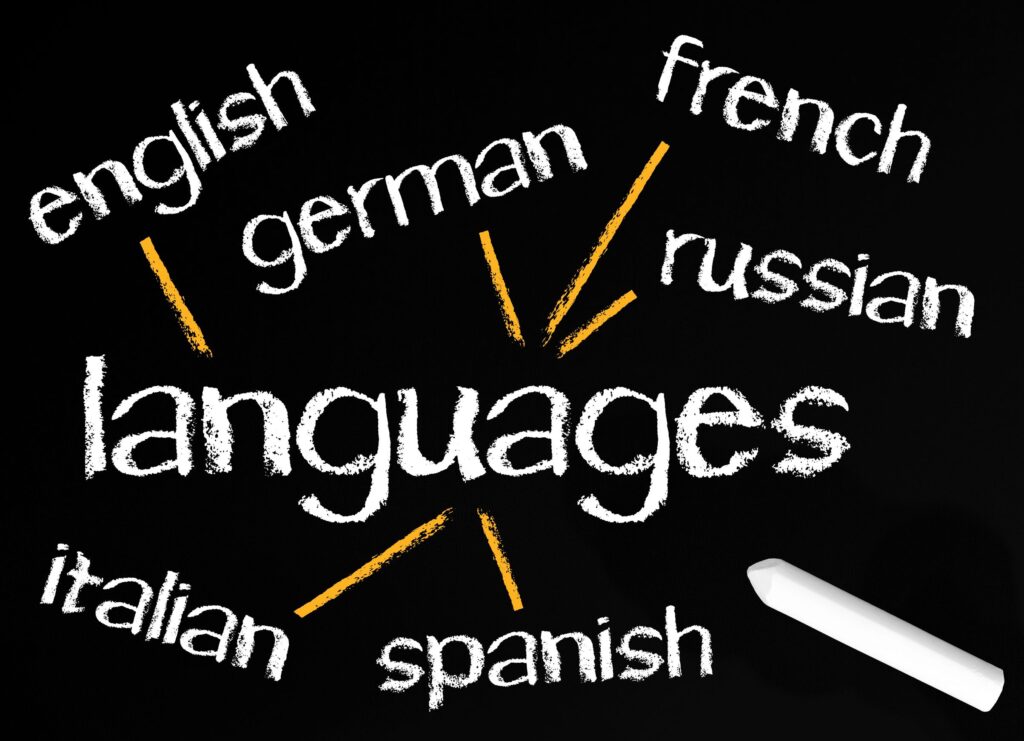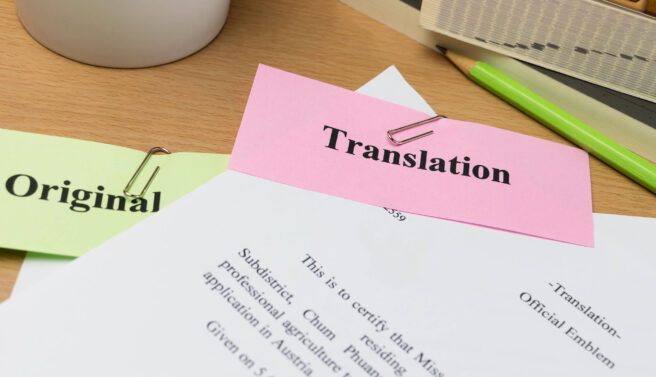Court certified interpreters provide court interpreting services for individuals who do not speak English. The task is quite complex, as everything that they interpret from the individual is considered as fact, which means that the interpreter has to ensure that the communication is highly accurate. The interpreter also has the responsibility to choose the right words, tone, connotation, and proper context while interpreting to ensure that the court receives the closest equivalent of what is being said.
Court interpreters work with different people, such as judges, attorneys, litigants, witnesses, and subject matter experts, like forensics and medicine.
Court interpretation can use consecutive and simultaneous interpreting, according to the preference of the court and the situation. The more preferred method is consecutive interpreting, although, in some circumstances, simultaneous interpreting is more applicable. However, there are instances when the court interpreter has to use all types of interpretation when the situation calls for their use.
In some cases, the court may require the interpreter to do sight translation. It means the court interpreter has to translate text that is written in another language and render it into another language orally.
Just like translators, a court interpreter specializes in a language pair. The most common in the United States is English and Spanish, although interpreters for other language pairs are available to serve tourists, refugees, and immigrants who do not speak English.
What is Interpretation?
In any type of interpreting service, the process involves the real-time conversion of the spoken words from one language into another. Most of the time, the interpreter renders the service face-to-face. At other times, the interpreting service can happen through video calls or over-the-phone.
Types of Interpreting Services
Interpreting services take many forms. Aside from simultaneous interpretation and consecutive interpretation, there is over-the-phone interpreting. The latter can be a scheduled over-the-phone interpreting (OPI) service or an on-demand phone interpreting service. Over-the-phone interpreting services do not require the physical presence of the interpreter. Another type is whisper interpreting where the interpreter sits near the person or persons that need interpreting services. The interpreter speaks quietly into the ear of the person requiring interpretation. If you travel to a country that does not speak your language, you can try to find an agency that provides travel/escort interpreting.
Interpretation requires more from the interpreters. They should have excellent linguistic skills in a language pair, as they do not use reference materials such as dictionaries while they are interpreting. They are also trained to understand regionalisms, spoken customs as well as local expressions. They should have acute hearing as well. Professional interpreters are orally fluent and highly skilled in paraphrasing. They do not interpret word for word, which can happen when doing a translation.
Types of Court Interpreting Services
For court interpreting, three models are applicable. One is the simultaneous interpretation. The other is consecutive interpreting. In some instances, the court requires sight translation, which is a hybrid of translation and interpretation.
Simultaneous interpretation
In court interpreting, the judge can request simultaneous interpreting, which is more demanding. Simultaneous interpreting needs deep concentration as the interpreter delivers the translation a few seconds after the speaker starts talking in their language. The delay is very short; thus the interpreter should listen intently, convert or paraphrase and say the words in the new language. In a hearing or trial where the non-English speaker does not have to speak, the court uses simultaneous interpreting.
The interpreter conveys everything other people involved in the case, such as the judge, attorney, witness, or defendant who does not speak English.
Consecutive interpretation
The less demanding type is consecutive interpreting service. During the court session, if the non-English speaker needs to speak during the court proceeding, such as during deposition, cross-examination, or direct examination, the court uses consecutive interpreting. This type requires the interpreter to listen and paraphrase the speech before delivering it in the target language. Some court interpreters doing consecutive interpreting can write down notes to help them recall that speech.
Sight translation
Sight translation or sight-reading is another interpretation mode that the court uses. In some cases, the interpreter has to do an oral rendition of a written document, such as court exhibits or plea agreements, especially for the benefit of the witnesses or the defendants. In insight translation, the interpreter reads aloud the written document in the target language. The method requires great skills from a court interpreter, as the reading in another language should be very accurate.
Hire Us – Our Court Interpreters Make a Difference
When you need court interpreters, consider eTranslation Services. We have a team of certified court interpreters who work in different language pairs. They are native speakers and have the right training and experience to provide professional court interpreting services. We also provide legal interpreting services for law firms, businesses, and individuals. You can easily get in touch with us by calling (800) 882-6058 or sending us an email at [email protected].



